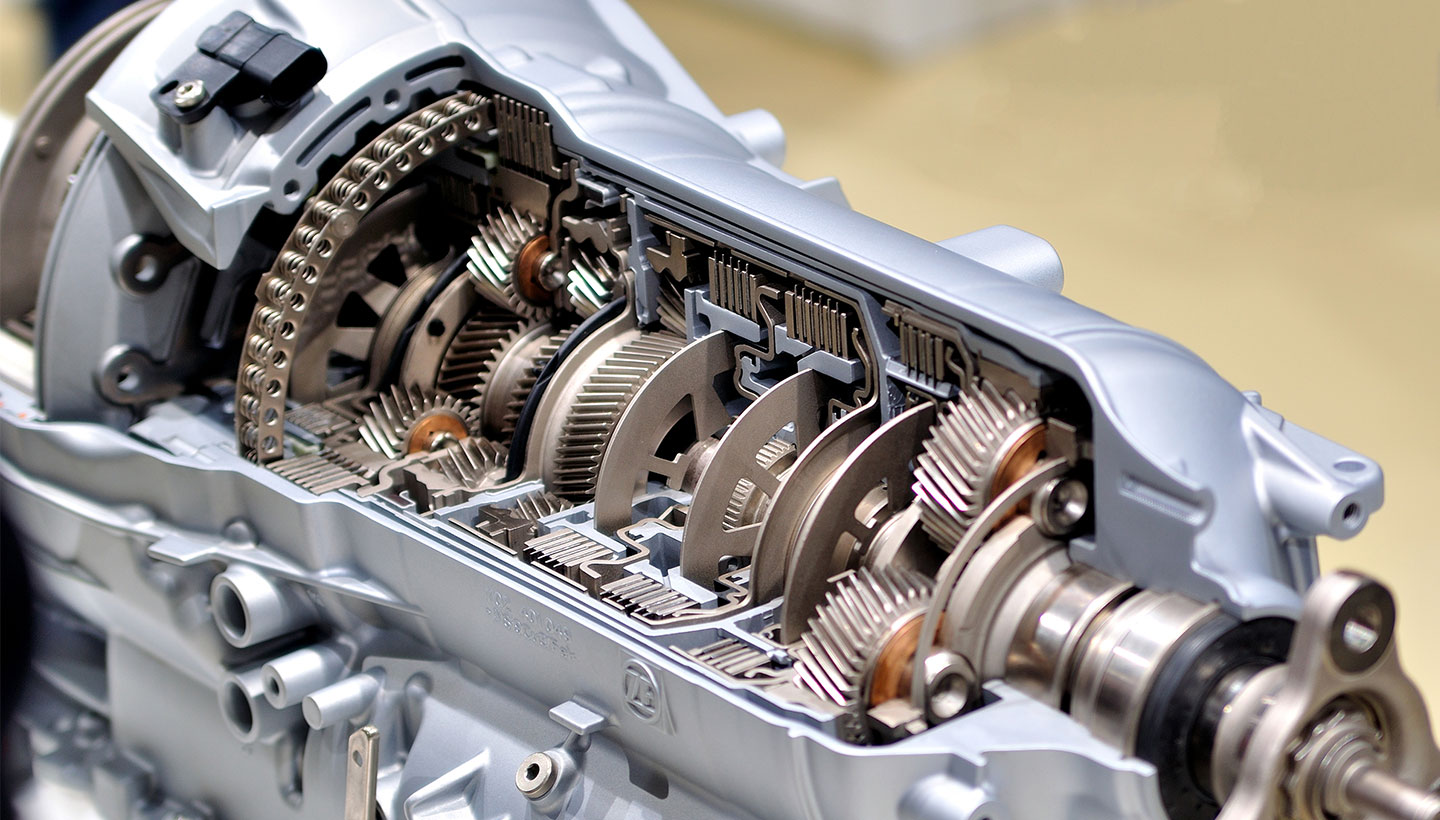Mobile:+86-311-808-126-83
Email:info@ydcastings.com
Cost Factors in Aluminum Die Casting Processes and Production Efficiency
Aluminum Die Casting Cost A Comprehensive Overview
Aluminum die casting is a widely used manufacturing process that offers numerous benefits for producing intricate metal parts with high precision. However, understanding the costs involved in aluminum die casting is crucial for businesses looking to optimize their production processes and budget effectively. This article delves into the various factors affecting aluminum die casting costs, enabling decision-makers to make informed choices.
Initial Setup Costs
One of the primary components contributing to aluminum die casting costs is the initial setup, which includes tooling and machine setup. Creating the die—a mold used in the casting process—requires significant investment. The complexity of the design, the size of the components, and the type of aluminum used will determine the cost of the die. Typically, high-quality dies can range from a few thousand to tens of thousands of dollars. This upfront cost is amortized over the production run, making larger production volumes more cost-effective.
Material Costs
The type of aluminum alloy chosen also plays an essential role in the overall cost. Different alloys come with varying material characteristics and pricing. For example, 380 and 383 alloys are popular choices for die casting due to their excellent fluidity and corrosion resistance. While these alloys are competitively priced, premium alloys designed for specific applications may significantly increase material costs. Moreover, fluctuations in the global aluminum market can impact these costs, making it vital to keep abreast of market trends.
Labor and Overhead
Labor costs are another significant considerational factor in aluminum die casting. Skilled labor is required to operate machines, perform quality inspections, and maintain equipment. The wage structure can vary by location, and companies must account for labor costs when estimating production expenses. Additionally, overhead costs—including utilities, equipment maintenance, and facility costs—must also be factored into the overall manufacturing budget, as they directly influence the bottom line.
aluminum die casting cost

Production Volume
Production volume is a critical determinant of overall costs. While the initial setup can be pricey, larger production runs generally reduce the cost per unit. This phenomenon occurs due to the fixed costs of tooling and setup being spread over a larger number of parts. Therefore, businesses must estimate their production needs accurately to optimize their cost-efficiency. Some companies even opt for a hybrid approach, starting with lower volumes for testing and gradually increasing production as demand grows.
Design Considerations
The design of the part to be cast is paramount in determining costs. More intricate designs may require complex tooling, leading to higher initial costs. Furthermore, parts with thinner walls or tighter tolerances may necessitate additional processing, such as machining or surface finishing, which can add to the total cost. Simplifying designs, when feasible, can lead to cost savings while still meeting functional requirements.
Quality Control
Quality assurance processes are essential in aluminum die casting to ensure that the finished products meet required specifications. Implementing rigorous quality control measures incurs additional costs but is necessary to avoid defects that could lead to costly rework or customer dissatisfaction. Investing in good quality control practices can ultimately lead to lower costs over time, as it reduces waste and improves overall production efficiency.
Conclusion
Understanding the various factors influencing aluminum die casting costs is crucial for manufacturers looking to optimize their production processes. From initial tooling expenses and material selection to labor costs and design complexity, each element plays a significant role in determining the overall expenditure. By strategically managing these factors, businesses can enhance their profitability while continuing to leverage the numerous advantages that aluminum die casting offers.
-
Impeller Technology That Powers Precision in Pump SystemsNewsMay.22,2025
-
Valve Durability Begins with Quality Cast Iron ComponentsNewsMay.22,2025
-
Performance Cooling with Advanced Automobile Water Pump SolutionsNewsMay.22,2025
-
How Motor Housing and Oil Pans Shape Engine PerformanceNewsMay.22,2025
-
How Metal Castings Drive Modern Manufacturing EfficiencyNewsMay.22,2025
-
Exploring the Engineering Behind Valve Body CastingsNewsMay.22,2025











